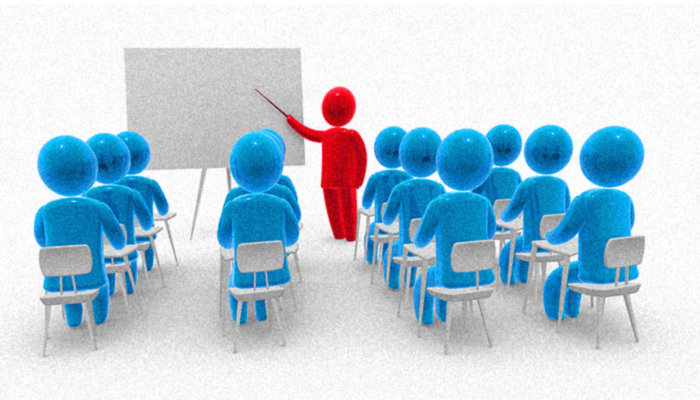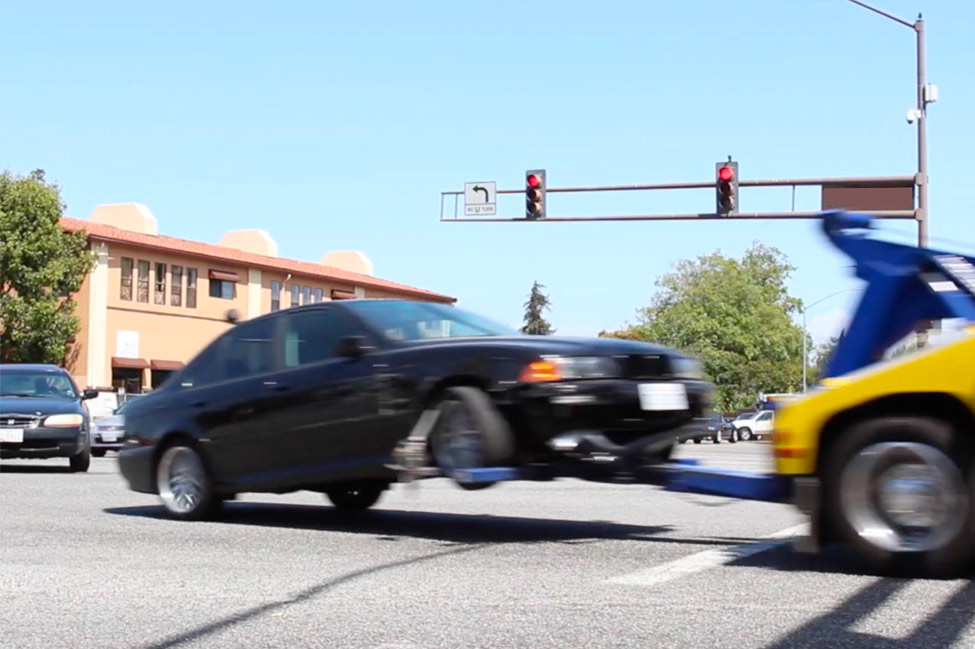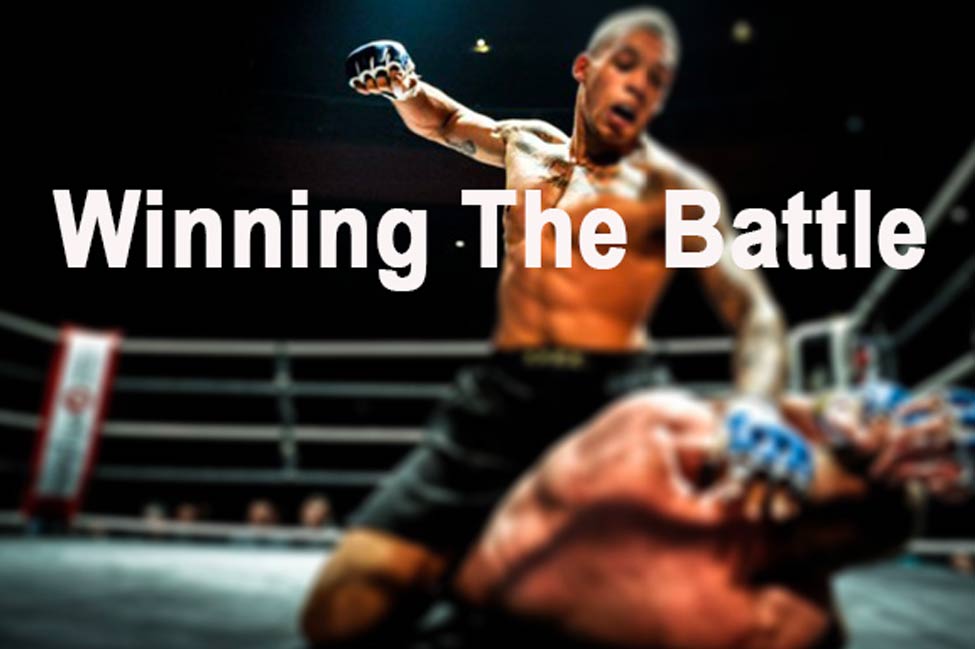Thanking him for his good work and many years of service, I watched a friend and skilled tow truck operator walk out the door and onto greener pastures. But life and business must go on. I now had a position to fill, and even though I know how to hire tow truck operators when necessary, the task of doing so was not something I looked forward to.
That’s when Charles walked through my door.
Charles was a 20-something kid who had no problem asserting his confidence. In first-date fashion, he put on a show that said he was happy with everything he’d achieved in life so far. But anyone within a mile could tell that he was as unsure as an out-of-work high-school graduate with no plans for college.
He sat in my office, and we talked. I had a job, and he needed one. He spoke quickly, telling me of the many, varied jobs he’d held. He worked in a zoo, delivered papers, worked at a Subway restaurant, and, most recently, was laid off from his job as a heavy equipment operator.
It was good that he held a class-A license. But I’d been burned before. I’d seen other hopefuls come in excited for the opportunity…but after getting a taste of towing 30,000 pounds, they’d be gone.
And a class A license could mean many things. It could mean that you could stand the rigors and boredom of an OTR trucker. It could mean that you knew how to push dirt, break rocks, or drive a dump truck. And yes, most likely, it meant that you could drive a heavy wrecker. But it most certainly did not mean that you were qualified to be a key player in incident management, perform recoveries, and tow with a heavy. To do that, you needed what Liam Neeson has…a particular skill set.
Of course, in most cases, it can be taught. I’d done it before. I’d brought new guys up through the ranks, pushing them, pulling them, whatever it took.
So I gave Charles a chance. Because I knew that if I could provide the proper training and promote the right mindset, he’d develop the necessary skill set to fill the job. At least, that’s what I hoped.
What is the right mindset?
Psychologist Carol Dweck has written extensively about this. She believes that everyone has one of two basic mindsets. You either have a fixed mindset or a growth mindset. A person with a fixed mindset believes that their talents and abilities are fixed in stone and cannot be improved. A person with a growth mindset believes that talents and abilities can be learned over time.
Now…one interview is not enough space to determine whether someone has a fixed or growth mindset. But Charles offered some clues.
First of all, he told me about the various jobs he’d held; working at a zoo, delivering papers, and fast food. The willingness to learn, required to move from job to job, was a good start. Then, the choice to go in a completely opposite direction and get a Class A license and drive heavy equipment told me that he wasn’t afraid of a challenge. And lastly…the mere fact that he was able to summon up the guts to walk through my door told me something. It told me that; either he had no idea what he was getting himself into or he was willing to learn and try something new…again.
And a willingness to learn was all I needed.
Dr. Dweck says that even though a person may have a fixed mindset, they still have the ability to change to a growth mindset. This means that even if you have a tow truck operator who believes that he’s just a rollback driver (his thoughts, not mine) and he does nothing to step outside that role and grow, with proper urging, he can still make a change.
Proper urging was my plan for Charles. But I have a confession to make.
When I first started training employees, I admit I didn’t know anything about the different mindsets. I’d take a new guy and show him how things worked. I’d explain everything as best I could and expect him to get it. And when he didn’t immediately get it, rather than patiently standing by and allowing him to work his way through it and figure it out for himself, I’d step in and do it for him. I would show him, again and again, how to do it.
Now…training him that way wasn’t exactly wrong. The problem was…I would do it in a gruff manner. When it took him more than a few tries to get it, I’d become frustrated and let it show.
It wasn’t until later that I realized my mistake. What I was doing when I impatiently stepped in all those times was reinforcing my trainee’s belief in his own ineptitude. Of course, it wasn’t my intention, but I was relaying the message that I didn’t think he could do it right.
Proper urging is then defined as properly educating and training, coupled with the belief that the person being trained will absorb the material. A hands-off but watchful-eye approach.
The change didn’t come easy for me, but the value I got out of promoting and cultivating a growth mindset in everyone, in most cases, helped them develop the necessary skill sets. And it did something else. It created empowered employees who no longer needed to be watched over. They became more confident in themselves because of the confidence I held in them.
Charles worked out. He not only turned into one of my best tow truck operators but also became a good friend.







Leave A Comment